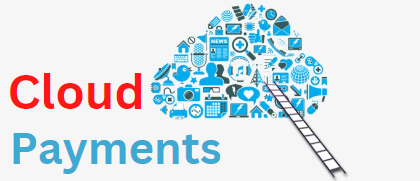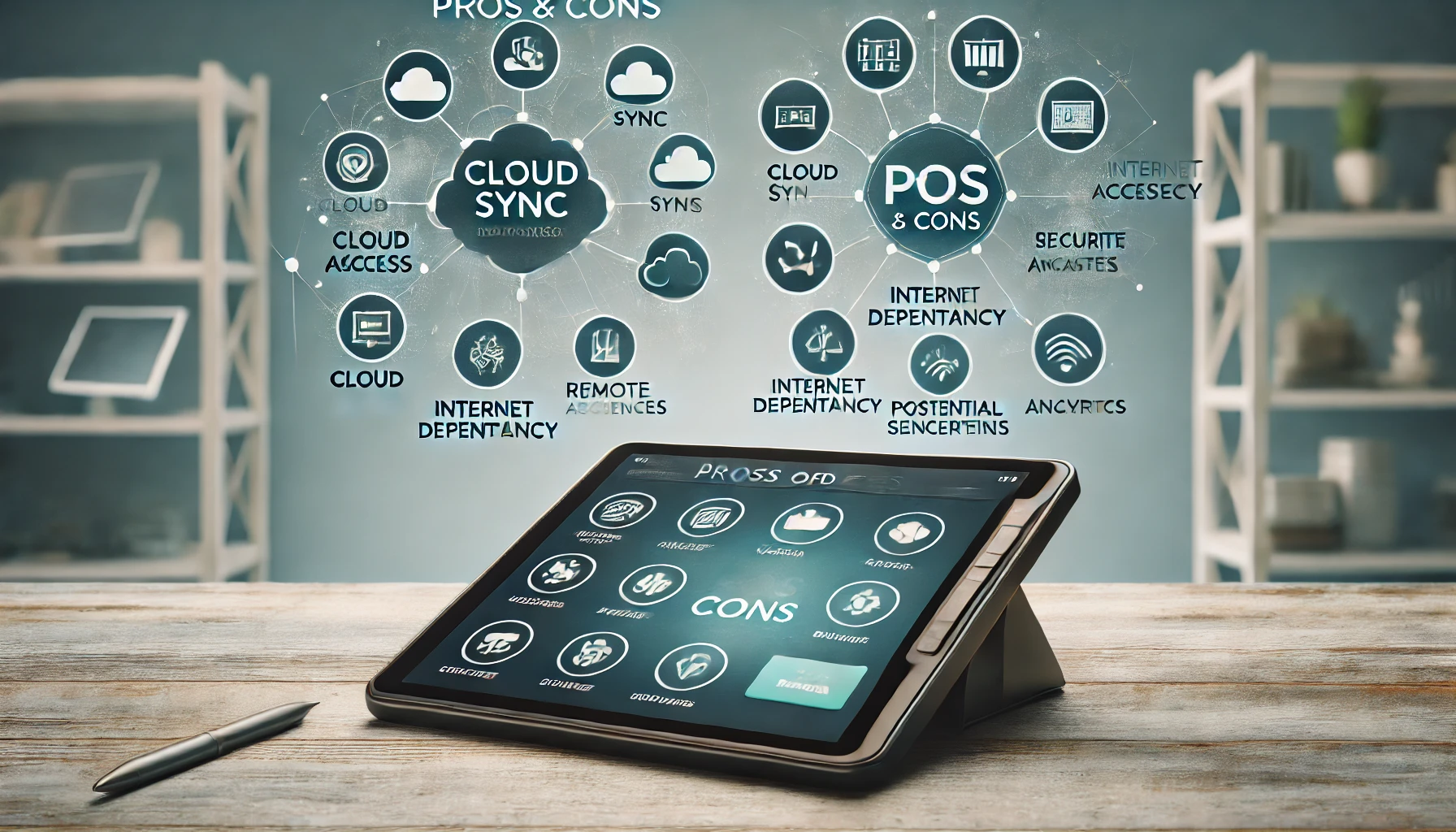Cloud Payments for Healthcare Institutions: A Detailed Guide
In recent years, the healthcare industry has witnessed a significant shift towards digital transformation. One area that has seen remarkable advancements is payment processing. Cloud payments have emerged as a game-changer for healthcare institutions, offering a secure, efficient, and cost-effective solution for managing financial transactions. In this comprehensive guide, we will delve into the world of cloud payments for healthcare institutions, exploring its benefits, challenges, and considerations.
Understanding Cloud Payments: A Comprehensive Overview
Cloud payments involve the use of cloud-based platforms to securely process financial transactions in healthcare institutions. These platforms leverage the power of the cloud to store and process sensitive financial data, eliminating the need for on-premises infrastructure and reducing costs. Cloud payments offer healthcare institutions a seamless and efficient way to manage patient billing, insurance claims, and other financial transactions.
Benefits of Cloud Payments for Healthcare Institutions
- Cost Savings: Cloud payments eliminate the need for expensive on-premises infrastructure, reducing hardware and maintenance costs. Healthcare institutions can redirect these savings towards improving patient care and investing in other critical areas.
- Scalability: Cloud payment solutions offer scalability, allowing healthcare institutions to easily accommodate fluctuations in transaction volumes. This flexibility ensures that healthcare providers can handle increased patient loads without compromising on payment processing efficiency.
- Enhanced Security: Cloud payment platforms adhere to stringent security standards, including HIPAA compliance, to ensure the protection of sensitive patient financial data. These platforms employ advanced encryption techniques and robust access controls to safeguard against data breaches and unauthorized access.
- Streamlined Processes: Cloud payments streamline the patient billing and insurance claims management processes, reducing administrative burdens and improving operational efficiency. Healthcare institutions can automate tasks such as generating invoices, processing payments, and reconciling accounts, saving time and resources.
- Improved Patient Experience: Cloud payments enable healthcare institutions to offer patients convenient and secure payment options. Patients can make payments online, view their billing history, and receive electronic receipts, enhancing their overall experience and satisfaction.
HIPAA-compliant Payment Processing in the Cloud: Ensuring Data Security
One of the primary concerns for healthcare institutions when adopting cloud payments is ensuring the security and privacy of patient financial data. The Health Insurance Portability and Accountability Act (HIPAA) sets strict guidelines for the protection of patient health information, including financial data. Healthcare institutions must ensure that their cloud payment solutions comply with HIPAA regulations to maintain data security.
Cloud payment platforms designed for healthcare institutions employ various security measures to ensure HIPAA compliance. These measures include data encryption, secure transmission protocols, access controls, and regular security audits. By partnering with a HIPAA-compliant cloud payment provider, healthcare institutions can confidently process payments while adhering to regulatory requirements.
Exploring Cloud-based Patient Billing and Insurance Claims Management
Patient billing and insurance claims management are critical aspects of healthcare revenue cycle management. Cloud payments offer a comprehensive solution for streamlining these processes, improving accuracy, and reducing administrative burdens.
With cloud-based patient billing, healthcare institutions can generate and send electronic invoices to patients, eliminating the need for manual paper-based billing. This not only saves time but also reduces the risk of errors and delays in payment collection. Additionally, cloud-based billing systems can integrate with electronic health records (EHRs), allowing for seamless data exchange and real-time updates.
Similarly, cloud-based insurance claims management simplifies the process of submitting and tracking insurance claims. Healthcare providers can electronically submit claims to insurance companies, reducing paperwork and accelerating reimbursement. Cloud-based solutions also offer advanced analytics and reporting capabilities, enabling healthcare institutions to monitor claim status, identify bottlenecks, and optimize revenue cycle management.
Streamlining Revenue Cycle Management with Cloud Payments
Revenue cycle management is a critical component of healthcare financial operations. Cloud payments play a vital role in streamlining revenue cycle management, optimizing cash flow, and improving financial performance.
Cloud-based payment solutions offer real-time visibility into financial transactions, allowing healthcare institutions to track payments, identify outstanding balances, and streamline collections. By automating payment processes, healthcare providers can reduce the time and effort required for manual reconciliation, improving efficiency and accuracy.
Furthermore, cloud payments enable healthcare institutions to implement flexible payment options, such as online portals and mobile payment apps. This enhances patient convenience and satisfaction, leading to faster payment processing and improved cash flow.
Electronic Health Record (EHR) Integration with Cloud-based Payment Solutions
Integrating electronic health records (EHR) with cloud-based payment solutions further enhances the efficiency and accuracy of financial transactions in healthcare institutions. EHR integration allows for seamless data exchange between patient health records and payment systems, eliminating the need for duplicate data entry and reducing errors.
With EHR integration, healthcare providers can access patient information, such as insurance coverage and billing history, directly from the payment platform. This integration streamlines the billing process, improves claim accuracy, and enhances patient data security.
Enhancing Patient Experience through Cloud Payments
In today’s digital age, patient experience is a key differentiator for healthcare institutions. Cloud payments play a significant role in enhancing patient experience by offering convenient and secure payment options.
With cloud-based payment solutions, patients can make payments online, through mobile apps, or via self-service kiosks. This eliminates the need for manual check writing or in-person visits to make payments. By providing flexible payment options, healthcare institutions can improve patient satisfaction and loyalty.
Cloud payments also offer the convenience of recurring payments and payment plans, allowing patients to spread out their healthcare expenses over time. This reduces the financial burden on patients and improves their overall experience.
Implementing Cloud Payments: Key Considerations for Healthcare Institutions
When implementing cloud payments, healthcare institutions must consider several key factors to ensure a successful transition:
- Vendor Selection: Choose a reputable cloud payment provider with experience in the healthcare industry and a proven track record of HIPAA compliance. Evaluate the provider’s security measures, scalability, integration capabilities, and customer support.
- Data Migration: Plan and execute a smooth data migration process to transfer existing patient financial data to the cloud payment platform. Ensure data integrity and accuracy during the migration process to avoid disruptions in billing and claims management.
- Staff Training: Provide comprehensive training to staff members involved in payment processing to ensure they are proficient in using the cloud payment platform. Training should cover system navigation, generating invoices, processing payments, and resolving payment-related issues.
- Change Management: Implement a change management strategy to address any resistance or concerns from staff members during the transition to cloud payments. Communicate the benefits of the new system, address any misconceptions, and provide ongoing support to facilitate a smooth transition.
Overcoming Challenges in Adopting Cloud Payments for Healthcare
While cloud payments offer numerous benefits, healthcare institutions may face challenges during the adoption process. Some common challenges include:
- Data Security Concerns: Healthcare institutions may be hesitant to store sensitive patient financial data in the cloud due to concerns about data breaches and unauthorized access. Partnering with a reputable cloud payment provider that prioritizes data security can help alleviate these concerns.
- Integration Complexity: Integrating cloud payment solutions with existing billing systems and EHRs can be complex. Healthcare institutions should carefully evaluate the integration capabilities of potential cloud payment providers and ensure compatibility with their existing systems.
- Regulatory Compliance: Healthcare institutions must ensure that their cloud payment solutions comply with HIPAA regulations and other relevant data protection laws. Conduct thorough due diligence on potential cloud payment providers to verify their compliance with regulatory requirements.
- Staff Training and Adoption: Training staff members on the new cloud payment system and encouraging adoption can be challenging. Healthcare institutions should provide comprehensive training, address any concerns, and offer ongoing support to ensure a smooth transition.
Frequently Asked Questions (FAQs) about Cloud Payments in Healthcare
Q.1: What is cloud payment processing in healthcare?
Answer: Cloud payment processing in healthcare refers to the use of cloud-based solutions to manage financial transactions, including patient billing, insurance claims management, and revenue cycle management. It offers benefits such as improved efficiency, data security, and enhanced patient experience.
Q.2: Is cloud payment processing HIPAA-compliant?
Answer: Yes, cloud payment processing can be HIPAA-compliant. Healthcare institutions need to ensure that the cloud payment provider they choose adheres to HIPAA regulations and employs robust security measures to protect patient information.
Q.3: How does cloud payment processing streamline revenue cycle management?
Answer: Cloud payment processing streamlines revenue cycle management by automating payment collection, reconciliation, and reporting. It offers real-time visibility into financial transactions, improves accuracy, and reduces administrative burdens.
Q.4: Can cloud payment solutions integrate with electronic health records (EHRs)?
Answer: Yes, cloud payment solutions can integrate with electronic health records (EHRs). This integration allows for seamless data exchange, real-time updates on patient balances, and automated payment posting.
Q.5: How do cloud payments enhance the patient experience?
Answer: Cloud payments enhance the patient experience by offering convenient and secure payment options. Patients can make payments online, through mobile apps, or via self-service kiosks, eliminating the need for manual check writing or in-person visits. Recurring payments and payment plans also reduce the financial burden on patients.
Conclusion
Cloud payments have emerged as a transformative technology for healthcare institutions, offering a secure, efficient, and cost-effective solution for managing financial transactions. From HIPAA-compliant payment processing to streamlining revenue cycle management and enhancing patient experience, cloud payments offer numerous benefits for healthcare providers.
While there are challenges and considerations in implementing cloud payments, the potential rewards outweigh the risks. By carefully selecting cloud payment providers, ensuring data security and compliance, and evaluating the financial implications, healthcare institutions can embrace the future of payment processing and unlock the full potential of cloud-based solutions in healthcare.











